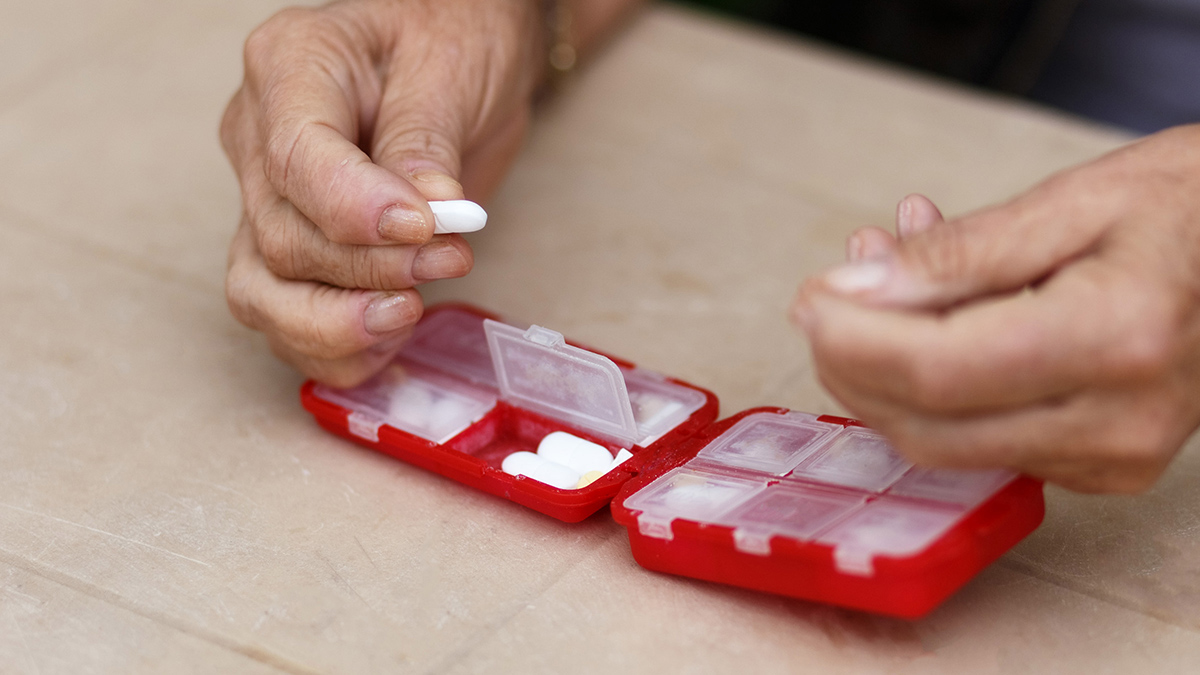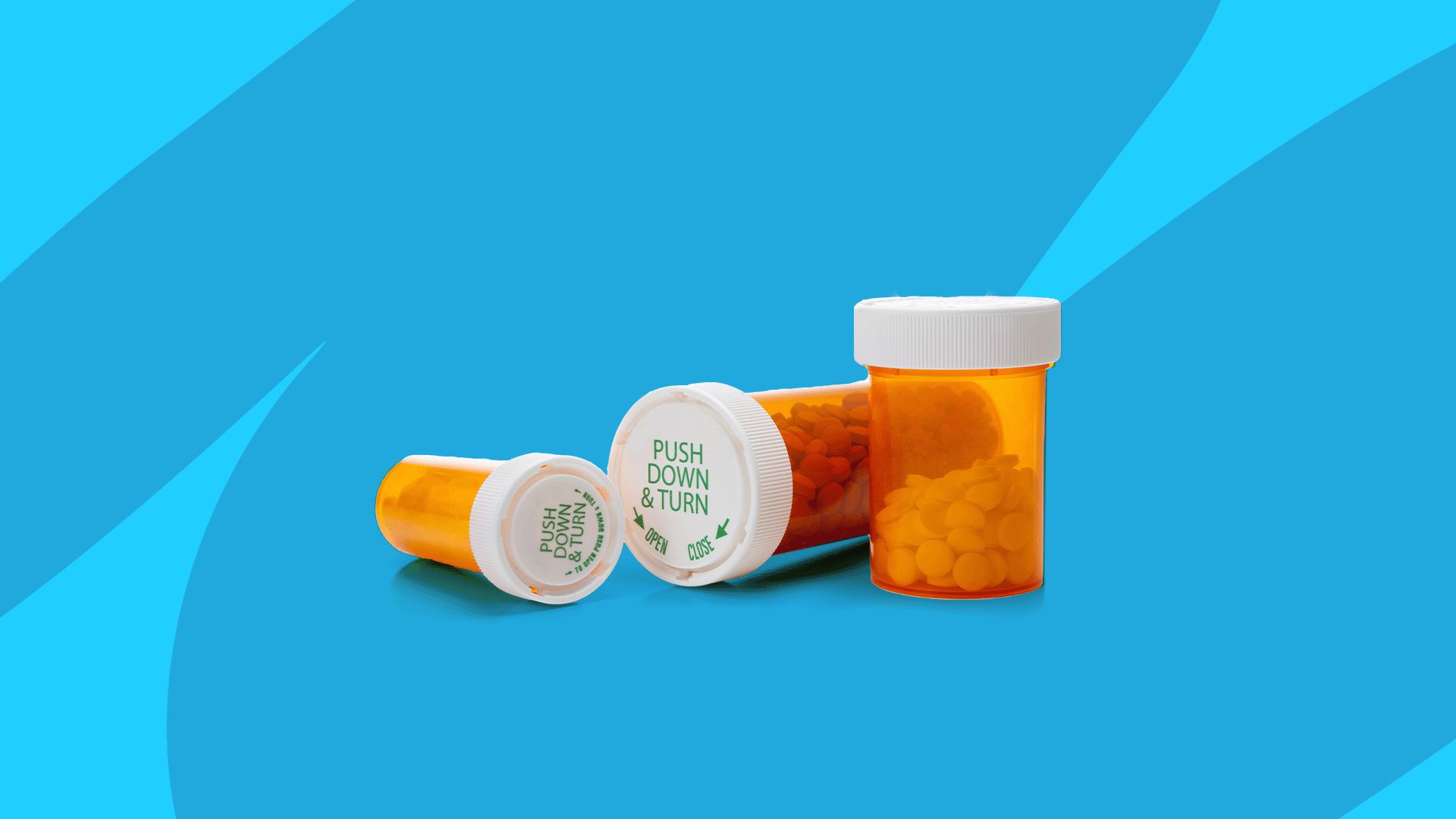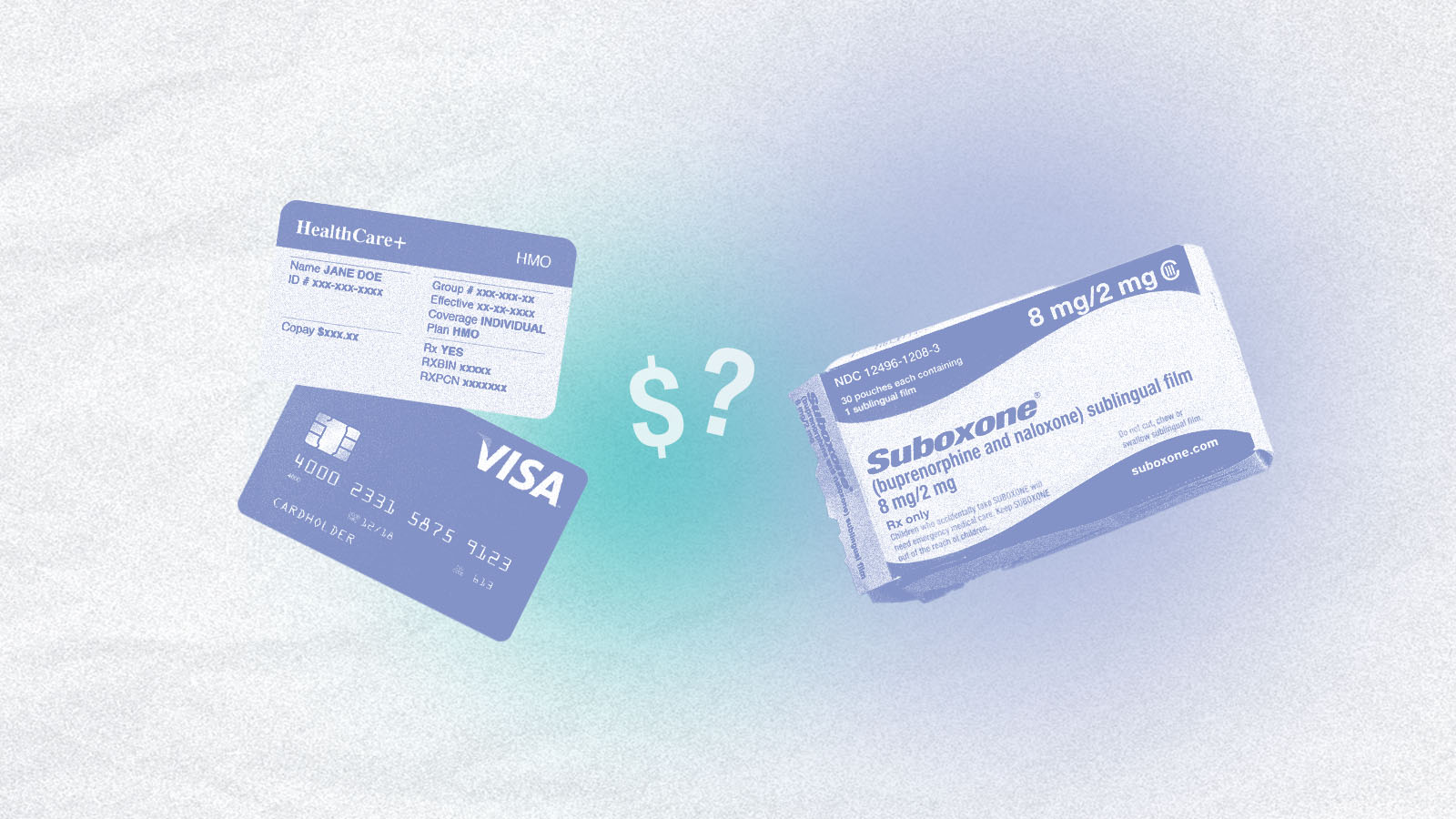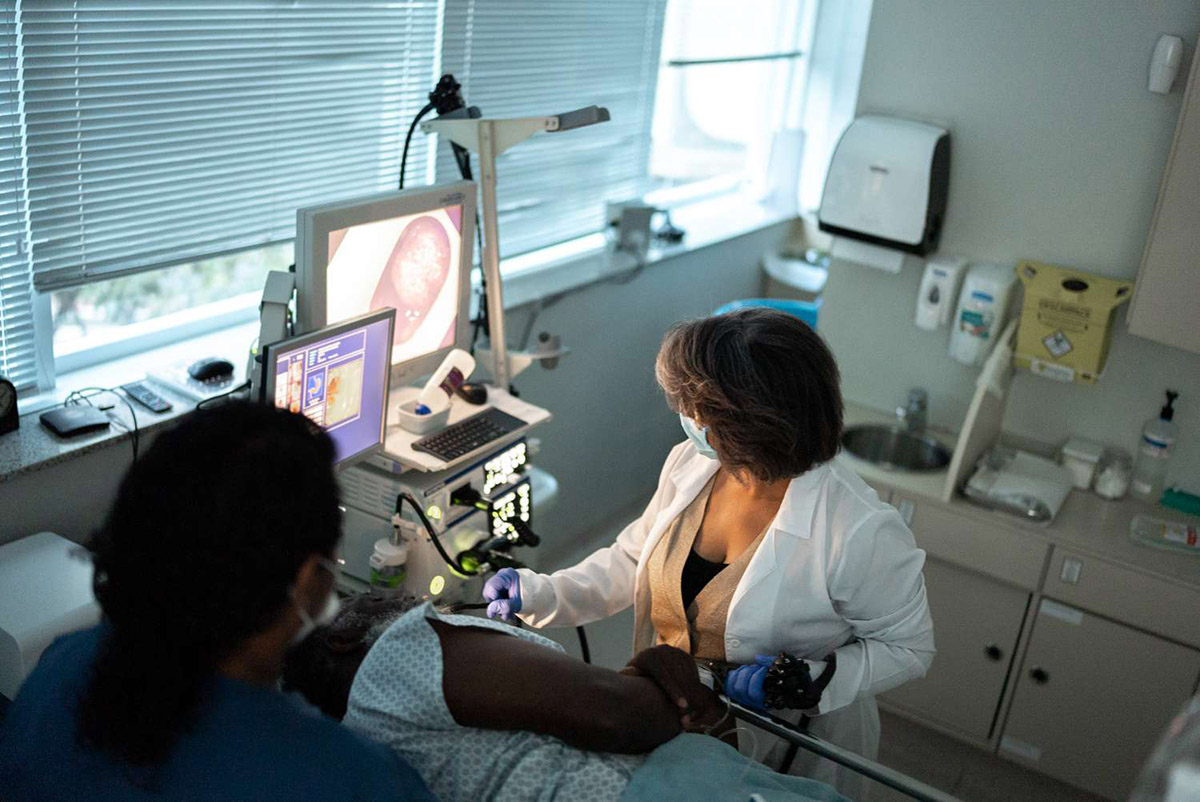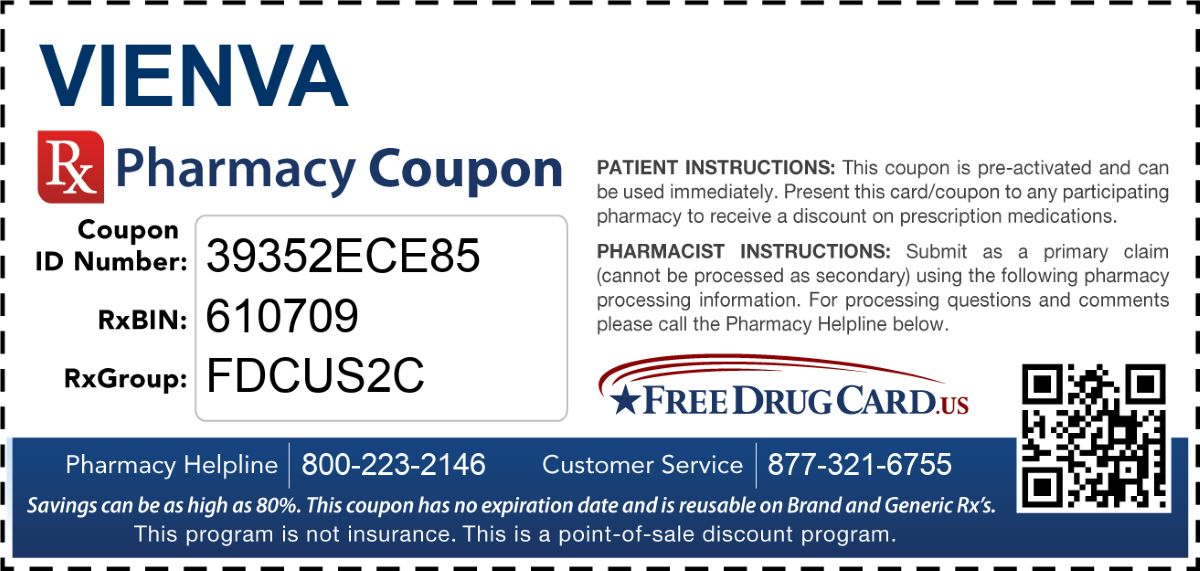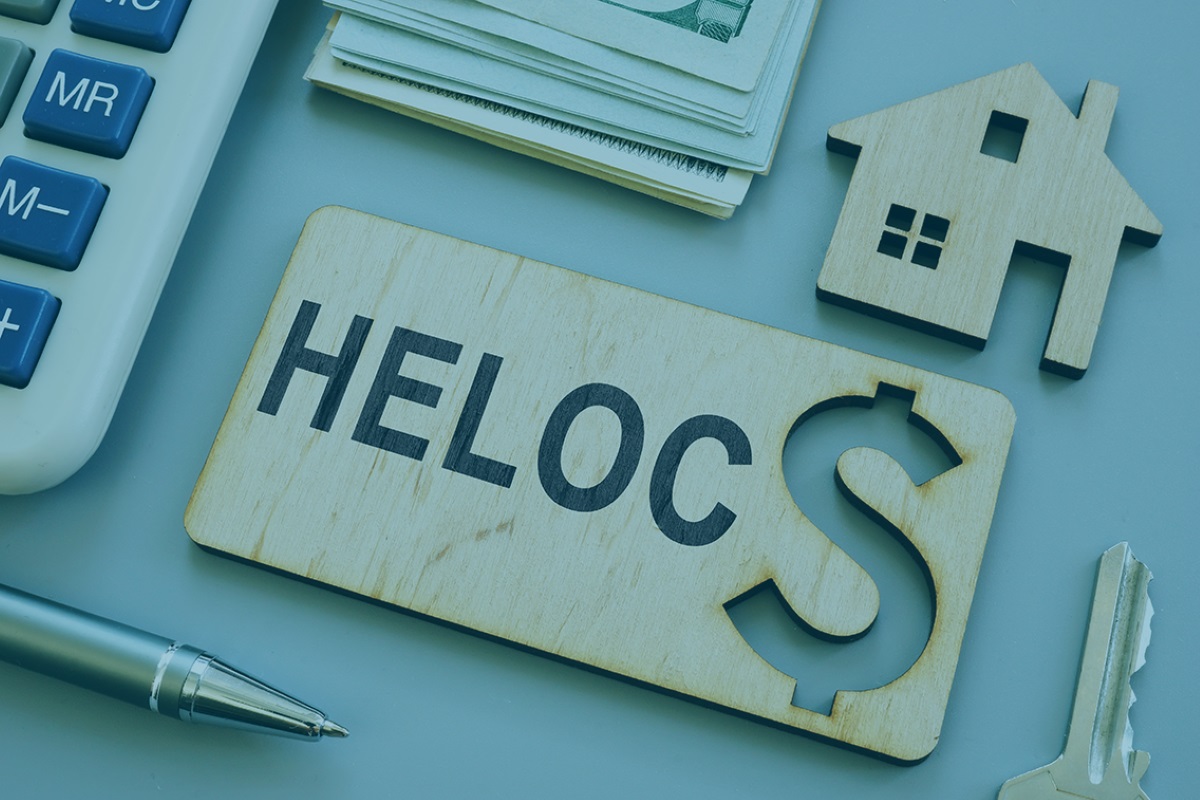

Finance
How Much Is PEP Without Insurance?
Published: November 17, 2023
Find out the cost of PEP without insurance and manage your finances efficiently. Discover affordable options to protect yourself from potential HIV exposure.
(Many of the links in this article redirect to a specific reviewed product. Your purchase of these products through affiliate links helps to generate commission for LiveWell, at no extra cost. Learn more)
Table of Contents
Introduction
In today’s uncertain times, it is essential to prioritize our health and well-being. One aspect of healthcare that often comes with a daunting price tag is the cost of prescription medications. This is especially true when it comes to specialized treatments like Post-Exposure Prophylaxis (PEP), which is used to prevent HIV infection after potential exposure.
PEP is a critical intervention that can significantly reduce the risk of HIV transmission, making it a vital option for individuals who may have been exposed to the virus. However, many people may find themselves wondering about the cost of PEP without insurance. In this article, we will delve into the various factors and options that can affect the price of PEP, providing you with valuable information on how to manage and navigate the financial aspect of this treatment.
Understanding the basics of PEP is crucial before delving into its cost. PEP is a short-term course of antiretroviral drugs that are typically taken within 72 hours after potential HIV exposure, and continued for a duration of 28 days. This treatment works by inhibiting the replication of the virus, reducing the chance of an individual becoming HIV positive. It is important to note that PEP should not be used as a substitute for other HIV prevention methods, such as consistent condom use and regular testing.
The financial burden of PEP can vary depending on several factors. These factors include the location, healthcare provider, prescription drug coverage, and potential discounts or assistance programs that may be available. Understanding how these factors influence the cost of PEP will empower you to make informed decisions and explore potential avenues for reducing the financial impact.
In the following sections, we will explore the average cost of PEP without insurance, examine local pharmacy prices, discuss discount programs, and even consider alternative options for reducing PEP costs. By the end of this article, you will have a comprehensive understanding of the various aspects of PEP costs and be equipped with the knowledge to make more informed decisions about managing the financial aspect of your healthcare.
What is PEP?
Post-Exposure Prophylaxis (PEP) is a specialized treatment designed to prevent HIV infection after potential exposure. It is a critical intervention that can significantly reduce the risk of transmission, particularly in situations where an individual may have been exposed to the virus through sexual contact, needle sharing, or occupational accidents.
PEP involves taking a combination of antiretroviral medications, typically for a duration of 28 days, as soon as possible after exposure. The goal is to inhibit the replication of the virus and prevent it from establishing a foothold in the body. It is essential to start PEP within 72 hours, but the sooner it is initiated, the more effective it is likely to be.
While PEP can be a highly effective preventive measure, it is important to note that it is not a cure for HIV. It works by suppressing the virus and reducing the chance of HIV infection. PEP should not replace other preventive measures, such as consistent condom use and regular HIV testing. It is crucial to continue practicing safe behaviors and getting tested to maintain overall sexual health.
PEP is typically prescribed in emergency rooms, sexual health clinics, or by healthcare providers specializing in HIV care. The specific medications used in PEP may vary depending on various factors, including the individual’s medical history, drug interactions, and local treatment guidelines. Commonly prescribed antiretrovirals for PEP may include tenofovir disoproxil fumarate (TDF), emtricitabine (FTC), and raltegravir (RAL), among others.
It is important to note that PEP should only be used in situations where there is a genuine risk of exposure to HIV. It is not intended for regular or ongoing use as a preventative measure. For individuals engaging in high-risk behaviors or in need of ongoing prevention, pre-exposure prophylaxis (PrEP) is a more appropriate option.
Before starting PEP, it is crucial to consult with a healthcare professional who can evaluate the specific circumstances and advise on initiating the treatment. They will assess the potential exposure, the timeframe, and any underlying health conditions that may impact the choice of medications. It is important to discuss any concerns or questions you may have and work together with your healthcare provider to determine the best course of action.
The Importance of PEP
Post-Exposure Prophylaxis (PEP) plays a crucial role in preventing HIV infection after potential exposure. By offering a time-limited course of antiretroviral medication, PEP provides a valuable intervention for individuals who may have been exposed to the virus. Here are some key reasons why PEP is important:
1. Reducing the Risk of Infection: PEP significantly lowers the risk of HIV transmission after potential exposure. Time is of the essence when it comes to PEP, as starting the treatment within 72 hours after exposure maximizes its effectiveness. By inhibiting the replication of the virus, PEP can help prevent the establishment of an HIV infection, providing peace of mind to those who may have been at risk.
2. Emergency Prevention: PEP serves as an emergency prevention measure for situations where individuals have had unprotected sex, experienced a condom breakage, shared needles, or had occupational exposure to HIV. It offers immediate access to essential medications that can help reduce the chances of acquiring the virus, providing a critical safety net in times of potential risk.
3. Promoting Early Intervention: PEP serves as a bridge to other HIV prevention strategies and care. It is an opportunity to connect individuals with healthcare professionals who can provide guidance, education, and support. By engaging with healthcare providers during the PEP process, individuals can gain access to a range of resources, including information on regular HIV testing, counseling, and prevention strategies for the future.
4. Addressing Treatment Disparities: PEP plays a vital role in addressing health disparities related to HIV prevention. It ensures that individuals, regardless of their socioeconomic background or insurance coverage, have access to a life-saving intervention. PEP allows for equitable distribution of preventive care, ensuring that everyone has a chance to protect themselves after a potential exposure.
5. Fostering Awareness and Education: The availability of PEP helps raise awareness about HIV prevention and the importance of prompt action after potential exposure. It encourages individuals to be proactive about their sexual health, motivating conversations about safer sex practices, regular testing, and preventive measures such as pre-exposure prophylaxis (PrEP).
It is worth noting that while PEP is highly effective in reducing the risk of HIV transmission, it should not replace other preventive strategies such as condom use, regular testing, and engagement in safer sexual practices. It is a part of a comprehensive HIV prevention toolkit that empowers individuals to take control of their sexual health and make informed decisions.
By understanding the importance of PEP and promoting its accessibility, we can contribute to reducing new HIV infections and supporting those who may have been at risk. Early intervention through PEP can make a significant difference in preventing the lifelong impact of HIV, underscoring the critical role this treatment plays in healthcare and public health initiatives.
Factors Affecting the Cost of PEP
The cost of Post-Exposure Prophylaxis (PEP) can vary depending on several factors. Understanding these factors can help individuals plan and navigate the potential financial implications of this treatment. Here are some key factors that can influence the cost of PEP:
1. Location: The cost of PEP can vary based on the geographic location. Healthcare costs, including medications, can greatly differ between countries, regions, and even cities. Factors such as the local cost of living, healthcare infrastructure, and availability of subsidized programs can impact the overall cost of PEP in a specific location.
2. Healthcare Provider: The choice of healthcare provider can also affect the cost of PEP. Different providers may have different pricing structures, consultation fees, and associated costs. It is advisable to reach out to multiple healthcare providers, including clinics, hospitals, and specialized HIV care centers, to compare the cost of PEP and choose the option that best suits your needs and budget.
3. Prescription Drug Coverage: Prescription drug coverage, either through private insurance or government programs, can significantly impact the out-of-pocket expenses for PEP. Insurance plans with comprehensive coverage may cover a substantial portion or the entirety of the medication cost. It is important to review your insurance policy and understand the specific coverage details related to PEP.
4. Generic vs. Brand-name Medications: The choice between generic and brand-name medications can influence the cost of PEP. Generic medications, which contain the same active ingredients as their brand-name counterparts, are generally more affordable. However, the availability of generic options may vary based on your location and the specific medications prescribed.
5. Assistance Programs and Discounts: Various assistance programs and discounts may be available to help alleviate the financial burden of PEP. Pharmaceutical companies, government programs, and nonprofit organizations often provide support to individuals who cannot afford the full cost of their medications. These programs may offer reduced pricing, copay assistance, or even free medications in some cases. Exploring these options and determining your eligibility can help reduce the overall cost of PEP.
6. Additional Medical Tests and Consultations: In addition to the cost of the medication, extra medical tests, consultations, and follow-up visits may be required as part of the PEP treatment. These additional services can add to the overall cost of the treatment. It is important to discuss with your healthcare provider about any potential additional costs and plan accordingly.
By considering these factors and actively researching the cost of PEP, individuals can make informed decisions about their healthcare. It is essential to reach out to healthcare providers, explore potential assistance programs, and review insurance coverage to ensure access to affordable PEP treatments. Balancing the financial aspect of PEP can contribute to the overall well-being and peace of mind during a time of potential HIV exposure.
Average Cost of PEP without Insurance
For individuals without insurance coverage, the cost of Post-Exposure Prophylaxis (PEP) can vary depending on several factors. It is important to note that PEP medications can be quite expensive, and the overall cost can add up over the full course of treatment. Below, we will discuss the average cost of PEP without insurance to provide a general idea of what to expect:
The cost of PEP medications is one of the primary expenses to consider. The exact price can vary based on the specific antiretroviral drugs prescribed and the dosage required. On average, the cost of a full 28-day course of PEP can range anywhere between $1,000 to $2,500 or more, without insurance coverage. This cost typically includes the antiretroviral medication itself, but additional costs may apply for consultations, medical tests, and follow-up visits.
Moreover, it is important to keep in mind that these figures are approximate averages and can still vary significantly depending on the factors mentioned earlier, such as location and healthcare provider. Costs in urban areas and specialized HIV care centers, for instance, may be higher compared to rural or general healthcare providers.
While the cost of PEP can be considerable, it is important to explore various options for financial assistance. Some pharmaceutical companies offer patient assistance programs that provide discounts or even free medication for qualifying individuals who are unable to afford the full cost of PEP. Nonprofit organizations and HIV/AIDS service organizations may also have resources or funding available to help cover the expenses related to PEP.
Additionally, local health departments or community clinics may provide PEP services at reduced costs or on a sliding scale based on income. It is worth reaching out to these organizations to inquire about their PEP programs and any financial assistance options they may offer.
It is essential to be proactive in discussing the cost of PEP with healthcare providers. They can provide guidance about potential assistance programs, help identify pharmacy discounts, or propose alternative medications that may be more cost-effective. Collaborating with healthcare professionals can ensure that you access the necessary treatment while minimizing the financial burden.
In summary, the average cost of PEP without insurance can range between $1,000 to $2,500 or more for a 28-day course, with additional costs for consultations and medical tests. However, there are various avenues to explore for financial assistance, including patient assistance programs, nonprofit organizations, and community clinics. By actively seeking out these resources and discussing options with healthcare providers, individuals can mitigate the financial impact of PEP and ensure access to this vital preventive treatment.
Local Pharmacy Prices for PEP
When it comes to obtaining Post-Exposure Prophylaxis (PEP), local pharmacy prices can play a significant role in determining the overall cost. While the cost of PEP can vary from one pharmacy to another, having a general understanding of the range of prices can help individuals make informed decisions about where to obtain their medications. Here are some key factors to consider when exploring local pharmacy prices for PEP:
1. Brand vs. Generic Medications: The choice between brand-name and generic medications can have a significant impact on the cost of PEP. Generic medications, which contain the same active ingredients as their brand-name counterparts, are typically more affordable. It is important to inquire about the availability of generic options at your local pharmacies and compare the prices to make an informed decision.
2. Pharmacy Discounts and Savings Programs: Many pharmacies offer discounts and savings programs that can make PEP medications more affordable. These programs may be available for individuals without insurance or for those who are paying out-of-pocket. It is worth inquiring with local pharmacies about any discount programs they offer and whether you qualify for any savings.
3. Pharmacy Chains vs. Independent Pharmacies: The pricing of PEP medications can vary between larger pharmacy chains and independent pharmacies. It is advisable to inquire with multiple pharmacies in your area to compare prices and evaluate which option offers the most cost-effective solution for your specific needs.
4. Pharmacy Membership Programs: Some pharmacies have membership or loyalty programs that offer discounts on medications. These programs may require an annual fee but can provide significant savings on various prescription drugs, including PEP medications. It is worth considering whether joining such a program can be beneficial in reducing your overall PEP costs.
5. Online Pharmacy Options: Exploring online pharmacy options can also be a viable solution to compare prices and potentially find lower-cost alternatives for PEP medications. However, it is crucial to exercise caution and ensure that any online pharmacy you utilize is reputable and operates within legal guidelines to avoid counterfeit or substandard medications.
When researching local pharmacy prices for PEP, it is essential to consider that these prices can fluctuate and may not be static. Prescription drug prices can be influenced by factors such as market demand, availability, and any promotional or discount offers that may be ongoing. Therefore, it is advisable to reach out to pharmacies directly to inquire about their current prices and any available discounts or savings programs.
Additionally, keep in mind that the cost of PEP medication is just one aspect of the overall expense. Consultation fees, medical testing, and follow-up visits may also contribute to the total cost. It is important to discuss these additional expenses with your healthcare provider and factor them into your budget when evaluating the affordability of PEP.
By exploring local pharmacy prices and potential savings programs, individuals can ensure they find the most cost-effective option for obtaining their PEP medications. This proactive approach not only helps manage the financial aspect but also contributes to accessing this vital preventive treatment and protecting oneself in the event of potential HIV exposure.
Discount Programs for PEP
The cost of Post-Exposure Prophylaxis (PEP) medications can be a significant financial burden for individuals without insurance coverage. However, there are various discount programs available that can help make PEP more accessible and affordable. These programs aim to reduce the out-of-pocket expenses associated with obtaining PEP medications. Here are some key discount programs to consider:
1. Pharmaceutical Manufacturer Assistance Programs: Many pharmaceutical companies offer patient assistance programs (PAPs) that can provide discounts or even free medication to eligible individuals who are unable to afford the full cost of PEP. These programs are designed to ensure that necessary medications are accessible to those in need. It is advisable to visit the websites of the manufacturers of the PEP medications you have been prescribed to explore their PAP options and determine your eligibility.
2. Pharmacy Discount Cards: Several pharmacies and online platforms offer discount cards or savings programs that can provide significant reductions in the cost of prescription medications, including PEP. These discount cards can be used at participating pharmacies to obtain discounted prices on PEP medications. It is worth researching and comparing different pharmacy discount card options to find the one that offers the best savings in your area.
3. Nonprofit Organizations: Nonprofit organizations dedicated to supporting individuals affected by HIV/AIDS often have resources and programs in place to assist with the cost of PEP. These organizations may offer financial assistance, copayment assistance, or access to medication discount programs. Contacting local HIV/AIDS service organizations or nonprofit clinics can provide valuable information on any available support in your area.
4. Government Programs: Depending on your country or region, government-funded programs may provide financial assistance or access to discounted medications for individuals without insurance coverage. It is advisable to reach out to local health departments or governmental agencies to inquire about any programs or resources available for individuals seeking affordable PEP medications.
5. Health Insurance Marketplace: If you do not have insurance coverage, exploring your options through the Health Insurance Marketplace (in the United States) or any comparable platforms in your country can be beneficial. These marketplaces provide a platform to compare and enroll in health insurance plans that may offer coverage for PEP medications. Open enrollment periods or special enrollment periods may be available, so it is important to stay informed about these opportunities.
When seeking assistance through these discount programs, it is essential to follow the guidelines and eligibility requirements provided by each program. Some programs may require specific documentation or income verification, while others may prioritize certain populations or geographic areas. Being proactive in researching and applying for these programs can significantly reduce the financial burden of PEP.
It is worth noting that the availability and specifics of discount programs may vary based on your location. Therefore, it is crucial to consult with healthcare professionals, reach out to local organizations, and explore online resources specific to your region to identify the most relevant discount programs available to you.
By taking advantage of these discount programs, individuals without insurance coverage can minimize the cost of obtaining PEP medications and ensure access to this critical preventive treatment. These programs play a vital role in promoting affordability and reducing barriers to healthcare, ensuring that everyone has the opportunity to protect themselves against potential HIV exposure.
Alternative Options for Reducing PEP Costs
For individuals seeking to reduce the costs associated with Post-Exposure Prophylaxis (PEP) medications, there are alternative options and strategies to consider. While PEP is crucial for preventing HIV infection after potential exposure, exploring these alternatives can help individuals manage the financial burden. Here are some options to reduce PEP costs:
1. Government-Sponsored Programs: Government-sponsored programs may provide assistance for individuals without insurance coverage. Investigate options available through local health departments or governmental agencies, as they may offer financial support or access to discounted medications for PEP. These programs can help significantly reduce out-of-pocket expenses associated with PEP treatment.
2. Patient Assistance Programs: Pharmaceutical companies often have patient assistance programs (PAPs) that provide medication at reduced or no cost to individuals who meet specific income and eligibility criteria. Research the manufacturers of the prescribed PEP medications to find out if they offer any PAPs. These programs can be valuable resources for obtaining affordable medication and reducing the overall cost of PEP.
3. Generic Medications: Inquire about the availability of generic versions of the prescribed PEP medications. Generic medications have the same active ingredients as brand-name medications but generally come at a lower cost. Discuss with healthcare providers the possibility of switching to generic alternatives to help reduce the financial burden without compromising the effectiveness of the treatment.
4. Pharmacy Shopping: Explore different pharmacies to compare prices for PEP medications. Pharmacy prices can vary location by location, so it is worthwhile to request cost estimates from multiple pharmacies in your area. Additionally, consider online pharmacies that may offer lower prices or discounts. However, ensure that any online pharmacy you utilize is reputable and operates within legal guidelines to ensure the safety and authenticity of the medications.
5. Prescription Discount Cards: Utilize prescription discount cards, which can provide substantial savings on the cost of medications, including those used in PEP. These cards are available through various organizations or online platforms, and they can be used at participating pharmacies to access discounted prices. Research and compare different discount card options to find the one that best suits your needs and offers the highest cost savings.
6. Healthcare Provider Consultation: Discuss PEP cost concerns with your healthcare provider. They may have specific insights or suggestions on how to manage the financial aspect of PEP treatment. They can help identify resources, provide information on potential assistance programs, or propose alternative treatment options that may be more cost-effective without compromising efficacy.
It is crucial to note that while alternative options can help reduce the costs associated with PEP, ensuring timely access to this preventive treatment should always be prioritized. Any decision regarding cost reduction should be made in consultation with healthcare professionals to ensure the effectiveness and safety of the treatment.
By exploring these alternative options and incorporating cost-saving strategies, individuals can better manage the financial aspects of PEP treatment. It is essential to proactively seek out resources, inquire about available discounts, and communicate openly with healthcare providers to ensure access to affordable and effective PEP medications.
Conclusion
Post-Exposure Prophylaxis (PEP) is a critical intervention that significantly reduces the risk of HIV transmission after potential exposure. However, the cost of PEP can be a financial burden for individuals without insurance coverage. Understanding the various factors that influence the cost of PEP and exploring alternative options can help individuals navigate the financial aspects of this essential treatment.
Factors such as location, healthcare providers, prescription drug coverage, and discounts programs can all affect the cost of PEP. By considering these factors, individuals can make more informed decisions about managing the financial impact of PEP. They can explore discount programs, such as pharmaceutical manufacturer assistance programs, pharmacy discount cards, and nonprofit organizations, to reduce the cost of medication.
Local pharmacy prices can also vary, and individuals can compare prices between different pharmacies or consider online options to find the most affordable PEP medications. Additionally, alternative options like generic medications and government-sponsored programs can help reduce costs. Patient assistance programs offered by pharmaceutical companies and seeking healthcare provider consultation can provide valuable guidance on accessing affordable PEP.
In conclusion, while the cost of PEP can be daunting, it should not deter individuals from seeking this critical preventive treatment. By being proactive, researching available resources, and discussing options with healthcare providers, individuals can find ways to manage and reduce the financial burden of PEP. Access to PEP should be a priority in the face of potential HIV exposure, and exploring various avenues can ensure individuals receive the necessary care without compromising their financial well-being.
Remember, PEP is time-sensitive, and it is crucial to seek medical attention within 72 hours of potential exposure. Prompt action and open communication with healthcare providers are key to ensuring the most effective and affordable PEP treatment. By taking control of the financial aspect of PEP, individuals can focus on prioritizing their health and well-being, knowing that they have taken the necessary steps to protect themselves against potential HIV transmission.

